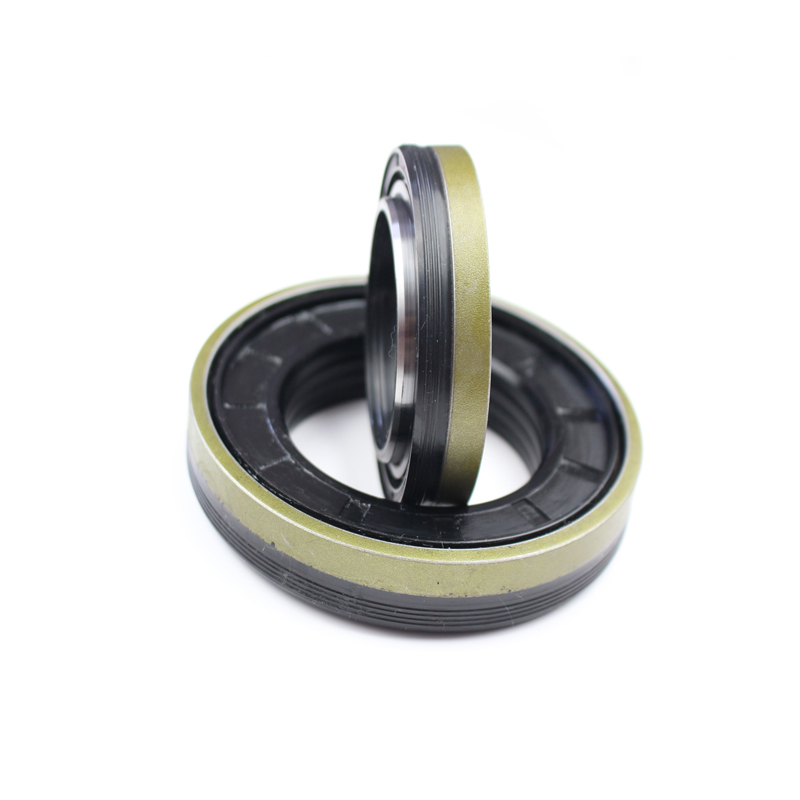Exploring the Benefits and Features of Dexter Wheel Seals for Enhanced Performance
Understanding the Dexter Wheel Seal A Comprehensive Guide
The Dexter wheel seal is a crucial component in various automotive and trailer applications, particularly in the realm of towing and transportation. Designed to effectively prevent the leakage of axle grease and water, this small yet essential part plays a significant role in ensuring the longevity and optimal performance of trailer wheel bearings. In this article, we will explore the design, function, installation, and maintenance of Dexter wheel seals, highlighting their importance in keeping your vehicle safe and efficient.
What is a Dexter Wheel Seal?
A Dexter wheel seal is specifically engineered to fit onto the inner axle assembly of trailers, particularly those manufactured by Dexter Axle. The seal typically consists of a rubber outer layer and a metal reinforcing element, designed to withstand high pressures and provide a tight fit. This two-component design enhances durability and ensures that the wheel bearings remain lubricated and free from contamination caused by dirt, water, or other environmental factors.
The Function of Dexter Wheel Seals
The primary function of a Dexter wheel seal is to create a barrier between the axle and the outside environment. This function is critical for several reasons
1. Prevention of Grease Leakage Wheel bearings require a certain amount of grease to operate smoothly. The seal prevents this lubricant from leaking out, which can lead to premature wear and potential failure of the bearings.
2. Protection Against Contaminants Dirt, dust, and water can severely damage wheel bearings. The seal acts as a first line of defense, keeping these contaminants at bay and ensuring the bearings are always in a clean environment.
3. Temperature Regulation By maintaining a proper seal, heat generated during wheel rotation is effectively managed, reducing the risk of overheating and subsequent equipment failure.
Installation of Dexter Wheel Seals
Installing a Dexter wheel seal is a straightforward procedure, but it requires attention to detail to ensure proper function. Here’s a step-by-step guide
1. Preparation Begin by gathering the necessary tools — a hammer, seal driver, and any other tools specific to your axle type. Ensure that the workspace is clean to prevent contamination.
dexter wheel seal

2. Remove the Wheel & Hub Assembly Safely lift your trailer and remove the wheel and hub assembly. Clean the area around the axle where the new seal will be installed.
3. Extract Old Seals Carefully remove the old seals, taking care not to scratch the axle surface. Inspect the axle for any signs of damage.
4. Install the New Dexter Wheel Seal Place the new seal onto the axle, making sure it is oriented correctly. Use a seal driver to gently tap it into place, ensuring it sits flush and is evenly seated along its circumference.
5. Reassemble the Hub Once the seal is installed, reassemble the hub and wheel. Make sure you follow the manufacturer’s specifications for torque settings when tightening the lug nuts.
Maintenance and Longevity
To maximize the lifespan of your Dexter wheel seals, consider the following maintenance tips
- Regular Inspections Periodically check the seals for signs of wear, cracks, or leaks. Early detection of a failing seal can prevent more extensive damage to your wheel bearings.
- Lubrication Checks Make sure the wheel bearings are adequately lubricated. If you find that the grease is contaminated with moisture or dirt, it's time to replace both the grease and the seals.
- Avoid Overloading Adhere to the manufacturer's weight specifications. Overloading can create undue stress on the seals and the bearings.
Conclusion
The Dexter wheel seal is a vital yet often overlooked component in trailer maintenance. Its ability to prevent grease leakage, protect against contaminants, and help manage temperature makes it essential for safe and efficient trailer operation. By understanding its function and committing to regular maintenance, you can ensure that your trailer remains in excellent condition for years to come. Investing in quality wheel seals and implementing proper installation and care practices will lead to a more reliable towing experience and significantly reduce the chances of costly repairs down the line.
-
Understanding the Front Main Engine Seal: Purpose, Maintenance, and Installation
News Jul.29,2025
-
Understanding O-Rings and Seal Rings: Types, Applications, and Custom Solutions
News Jul.29,2025
-
Understanding Crankshaft Oil Seals: Rear Seals, Pulley Seals, and Their Role in Engine Integrity
News Jul.29,2025
-
The Importance of Front and Rear Crankshaft Seals in Engine Performance and Oil Management
News Jul.29,2025
-
Crank Oil Seals: Functions, Types, and Cost Considerations in Engine Maintenance
News Jul.29,2025
-
A Comprehensive Guide to O-Rings and Seals: Types, Materials, and Global Applications
News Jul.29,2025
-
Mastering Diesel and Performance Engine Maintenance: A Guide to Critical Oil Gaskets
News Jul.28,2025
Products categories















